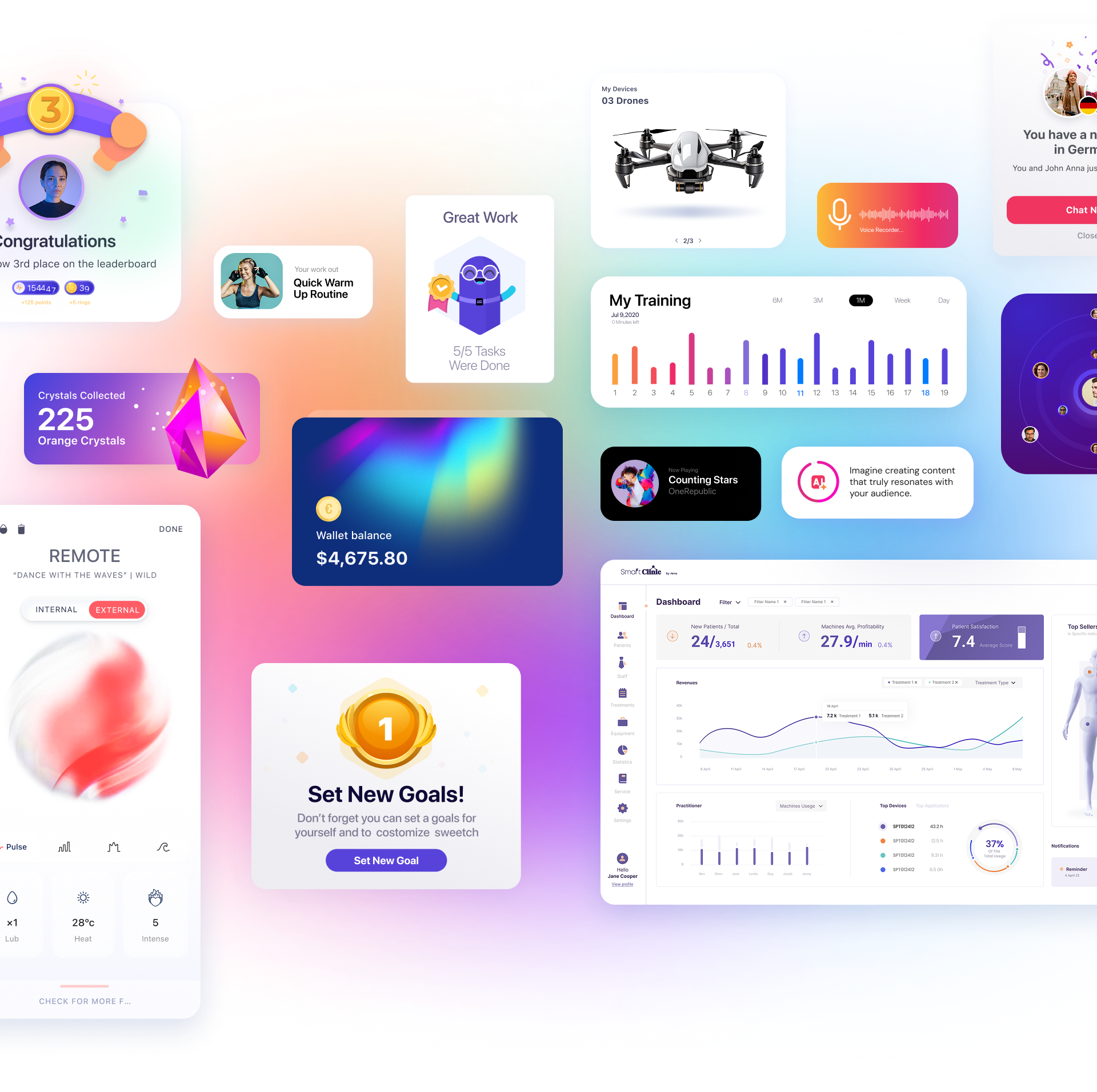A vital stage in designing a new product or improving an existing one is the UX Survey. UX teams are required to conduct in-depth user research to gain insights that will help shape the final product.
Many people often confuse a UX Survey with a Marketing Survey, but there is a significant difference between these two methodologies. As the name suggests, a marketing survey is a tool for gathering information about the market—such as competitors, market demand, the best way to reach users, and who will actually buy and use the product. On the other hand, a UX survey focuses on users: How do they interact with the product? How do they use it? What challenges do they face?
A marketing survey is about how to sell the product, while a UX survey is about the interaction between the user and the product.
Is a UX Survey Really Necessary?
The short answer is yes. A UX survey is an integral part of the user research phase.
To begin defining a new product or improving an existing one, a UX company must conduct thorough research. As part of the definition process, even before building wireframes, we conduct in-depth UX research. Based on the findings, we can continue with the product design cycle.
Remember—89% of users switch to competitors due to poor user experience. The impact of UX is critical to your product’s success, which is why a UX survey is essential.
A UX survey helps collect quantitative data and valuable insights about digital products. It can be conducted at any stage of product development. However, the best time to do it is during the definition phase, when the concept is being formed and initial development begins. Changes made at this stage are less significant than changes made after launch.
What Are the Advantages and Disadvantages of a UX Survey?
Conducting a UX survey thoroughly and professionally will yield excellent results for your future product.
Here are just a few of its advantages:
- Collecting real-time user data to better and more accurately understand their needs
- A cost-effective way to gather data for analyzing user actions
- Collecting feedback on a new product or feature in beta for better iterations
- Supporting your design strategy with “on-the-ground” data
- Making decisions based on real-time user data
Despite being essential for building a more accurate user journey, a UX survey does have some drawbacks. On its own, it’s not enough to make your product successful; it should be combined with market research and other user research methods to get definitive results.
Here are some disadvantages of a UX survey:
- If your question set isn’t precise, you’ll get inaccurate results, which can add significant time to the product design process
- A UX survey doesn’t provide actual behavioral patterns—you’ll need to analyze the data to uncover them
- This stage can take several weeks, potentially delaying the product design process
- A UX survey isn’t useful for gathering data like identifying customer needs or usability issues
What Other Research Methods Should Be Combined with a UX Survey?
While you can expect a lot from a UX survey, it alone isn’t enough to achieve the ultimate result.
In fact, the results of this survey alone may leave you with many questions—what exactly needs to change? How should it be changed? What exactly don’t users like about my product?
Therefore, you should combine UX survey results with other research methods, such as:
- First-click testing: This method helps determine where and how quickly users click on CTAs in your product.
- Interviews: Speaking with users who use similar products or are likely to use yours helps you understand their expectations and create the best user experience for them.
- Usability tests: These tests help identify issues users face when using your product. Even testing with a small group can help eliminate 85% of UX-related issues.
- Field research: On-site studies that help gather information about how users interact with and respond to your product.
- Eye-tracking: This research requires a larger budget, but if possible, it can show you what users see first in your product and which parts of the screen they focus on most.
What Are the Most Popular Types of UX Research?
There are many types of UX surveys. Here are some of the most popular research types we recommend: satisfaction surveys, product/service feedback surveys, and user journey surveys.
Tips for Building a Better UX Survey:
- Ask neutral, easy-to-understand questions
- Make sure each question addresses only one concept
- Use a balanced rating scale
- Show users a progress bar and estimated time to complete the survey
- Allow users to respond freely in addition to structured answers
- Focus only on questions related to the product’s UX
In Summary
UX surveys and comprehensive user research play a vital role in planning and developing a product or service that fits users’ needs and provides an excellent user experience.
Even if this stage seems long or sometimes unnecessary, make sure to choose a UX company that will do it well—you won’t regret it.





 Book a Call
Book a Call





